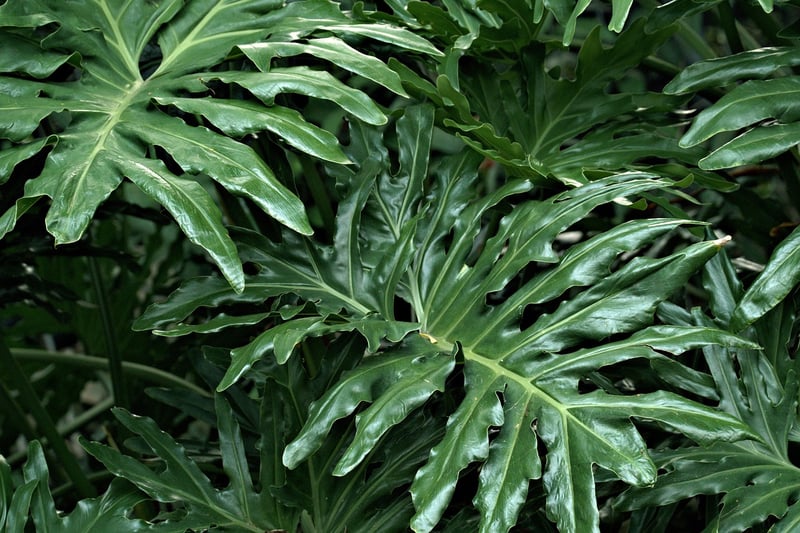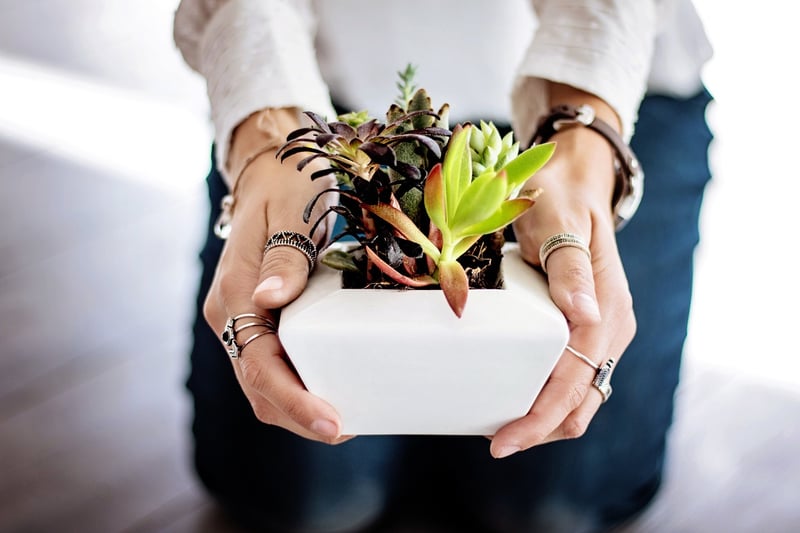Indoor planting tips
Growing Plants in Limited Space: Indoor Planting Tips
Are you looking to bring a touch of greenery into your living space but don't have a lot of room to work with? Indoor plants are a fantastic way to add life and color to your home, even if you have limited space. With the right know-how, you can create a thriving indoor garden that will brighten up any room. Here are some tips for growing plants in limited space:
1. Choose the Right Plants
When space is limited, selecting the right plants is key. Opt for plants that are well-suited to indoor environments and don't require a lot of room to grow. Some great options include succulents, air plants, spider plants, and pothos. These plants are low-maintenance and can thrive in small containers.
2. Use Vertical Space
Make the most of your vertical space by hanging plants from the ceiling or placing them on wall-mounted shelves. This not only saves floor space but also adds an interesting visual element to your room. Consider using macrame plant hangers or wall planters to create a vertical garden.
3. Group Plants Together
Cluster your plants together to create a lush, jungle-like effect. Grouping plants not only saves space but also creates a microclimate that can benefit their growth. Plus, it makes for a stunning display that adds a pop of green to your home.
4. Choose the Right Containers
When space is at a premium, opt for compact containers that fit well in your available space. Consider using hanging planters, wall-mounted pots, or tiered plant stands to maximize your growing area. Get creative with your container choices to add a touch of style to your indoor garden.
5. Provide Adequate Light
Light is essential for plant growth, so make sure your indoor garden receives enough natural light. Place your plants near windows or invest in grow lights to ensure they get the light they need to thrive. Be mindful of each plant's light requirements and adjust their placement accordingly.
6. Regular Maintenance
Regular maintenance is key to keeping your indoor plants healthy and happy. Water your plants as needed, fertilize them occasionally, and inspect them for pests or diseases. Prune any dead leaves or stems to encourage new growth and maintain your plants' overall health.
With these tips, you can create a beautiful indoor garden even in the smallest of spaces. So, roll up your sleeves, get your hands dirty, and start growing!

For more indoor planting inspiration and ideas, check out The Sill.
